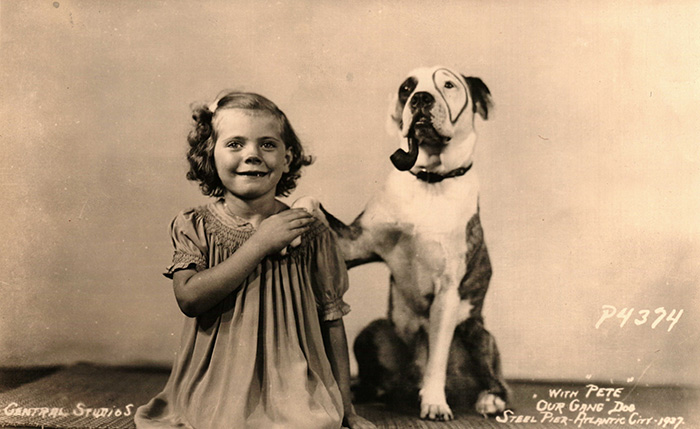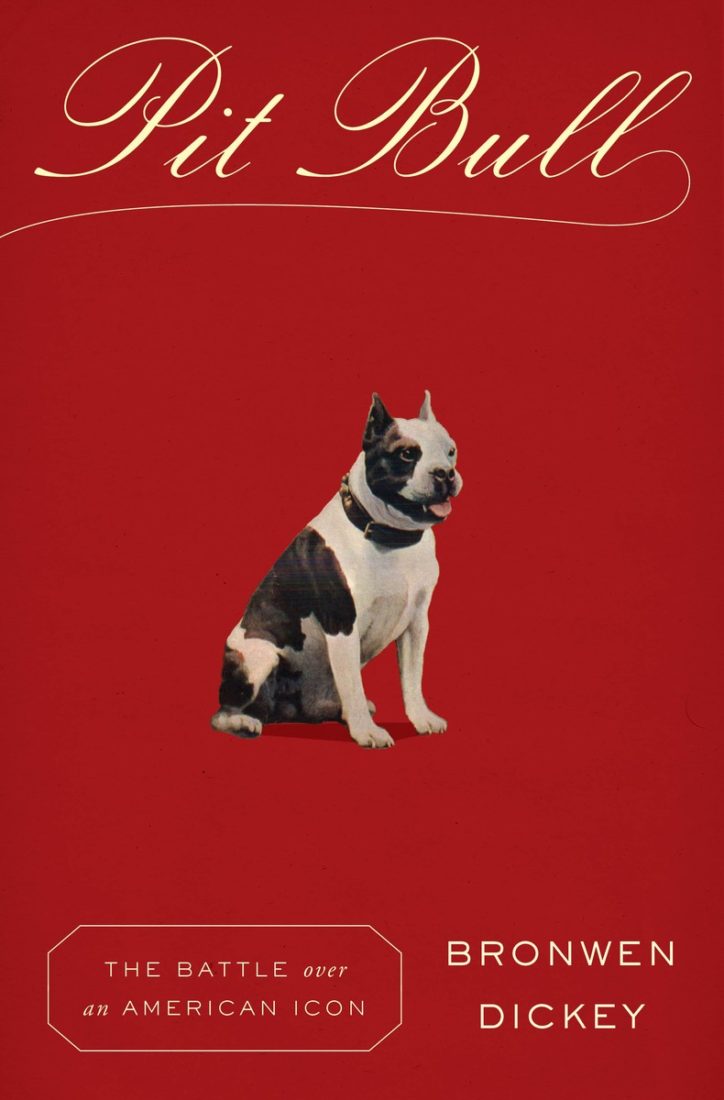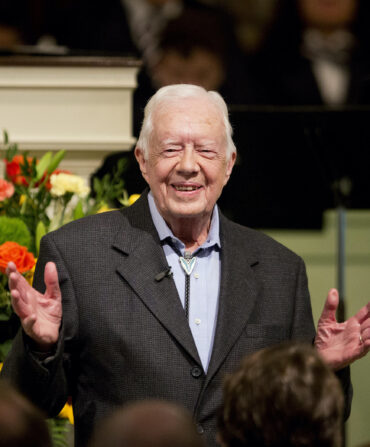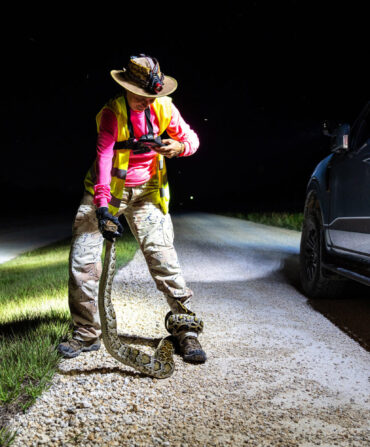“If we were in any danger at all, it was the danger of having our faces licked off, the danger of drowning in slobber,” wrote North Carolina author Bronwen Dickey of her pit bull, Nola, in a Garden & Gun Good Dog column. “Wherever one of us went, Nola trundled alongside, and wherever we reclined together, Nola wedged between us like a balloon at a seventh-grade dance…”
That column and the wave of dog fans who reached out to Dickey after its publication in 2011 inspired her to look deeper into the controversial history of pit bulls.
“Nola is easily the best dog I’ve ever had,” Dickey says. “She is so sensitive and her story just ignited this immense curiosity of why are so many pit bulls in shelters and why is there this stigma around them? As a journalist, it made me wonder if Nola was an outlier or if there is more to the story.”
Turns out, there is. Dickey spent years researching the dogs and interviewing more than 350 breeders, behaviorists, lawyers, and pet owners. Her book, Pit Bull: The Battle Over an American Icon is the culmination of that work. Here, she shares some of what she learned.

Dickey’s pit bull, Nola.
How are your dogs, Nola the pit bull and Oscar the pug?
Nola is going to be seven this year, and she’s doing well. She still has her sense of fun, but most of the time she’s curled up in my lap. And my pug is twelve years old, nearly deaf and blind. Nola takes good care of him.
You call pit bulls “American icons.” Why?
In the early 20th century, pit bulls were the dogs of the working people. During world wars and the Great Depression, the idea of the dog for the average Joe was appealing. That plucky, low-maintenance dog that wouldn’t give up and had a big heart made them very good mascots at the same time when college and high school athletics were exploding. Most of the bulldog mascots we think of today were actually pit bulls and bull terriers, not English bulldogs. And before the University of Texas had the longhorns, they had a pit bull named Pig Bellmont.
There is a huge misconception that because a small portion were used in fighting pits, that’s all they were. More lived as family pets and working dogs. And people like Helen Keller, Fatty Arbuckle, Gary Cooper, and Teddy Roosevelt had them. In films, pit bulls were cast as the comic dog sidekick. Everyone recognizes Petey from the Little Rascals.

Photo: Courtesy of Animal Farm Foundation
Girl poses with Pete, the Our Gang dog, in 1937.
The perception of pit bulls has changed a lot since then. You write that now Americans want to have one “truth” or label about pit bulls. But is it more complex than that?
It’s just complicated. Pretty much anything you can say about Americans you can say about pit bulls. How would you describe an American? Depends on which one you’re talking about. All we can say is that pit bulls are just dogs. There are some unstable ones, some amazing ones, and then a whole lot in the middle. There is also a myth that it’s all in how you raise them. We know that’s not true for any organism—whether it’s people, chimps, wolves, or dogs, all of us are a combination of our genetics and environment. The biggest determinant of a dog’s behavior is the relationship of the individual dog with an individual human. We make the choices that determine their lives. That connection is where all the magic happens.
What are some of your own perceptions that changed as you worked on the book?
As a pit bull owner, the natural reaction when something is so attacked and stigmatized is to over-correct and make it seem better than average. But as a reporter, I needed to check everything. I kept running into misinformation. In the very beginning, I read all these articles about pit bulls being ‘nanny dogs’ in the early 1900s, only to keep digging and find that’s a misinterpretation of history. There were definitely families that had pit bulls and articles about pit bulls being good playmates for children, but I couldn’t find any primary sources of the term ‘nanny’ until the 1970s. We have to realize what we didn’t know 100 years ago. Now we know it’s not good to leave any kid and any dog alone. It can be dangerous for both the kid and the dog.
What can an individual do to improve the perception of pit bulls?
Do whatever you can to create a safe, humane environment for all people and pets. The best advertisement for a good dog is not for me to say, ‘Don’t you want to meet my dog?’ and force you to pet my dog or tell you how great my dog is. The best advertisement is for me to be out there living life, enjoying my relationship with my dog.








